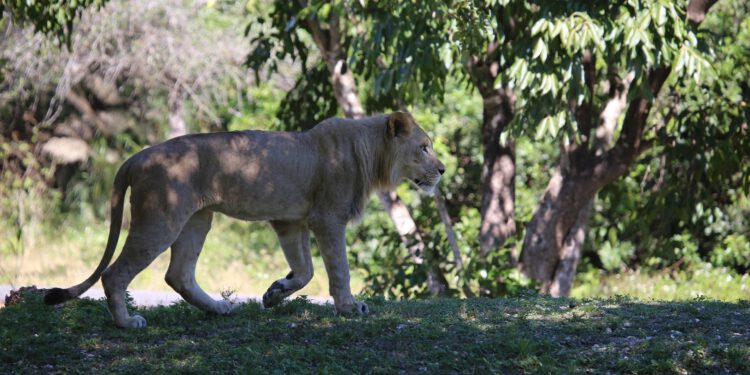Scientists at the University of Wyoming create an artificial intelligence system that automates data extraction to study animals.
In the University of Wyoming have worked intensely in animal identification. But the process has not consisted of field tests but rather laboratory tests. To be precise, probably, most of the work has been done in front of a computer screen.
A team of scientists has created a system based on artificial intelligence to automatically identify animals. The ultimate goal is to be able to study them better to optimize their conservation. For it. an algorithm has been developed that uses neural network technology, mimicking the functioning of the human brain. Obviously, the system needs a lot of training, tons of data to teach it to work properly.
This work has been done through a large image database: the citizen Snapshot Serengeti project. In this immense graphic drawer there is a good number of photographs taken by cameras located in Serengeti Park, Tanzania. Equipped with a motion sensor, the cameras are prepared to respond to the presence of animals.
Among the images that the training system has swallowed, are lions, leopards, cheetahs or elephants. In short, the usual inhabitants of the Serengeti park. The objective is that, subsequently, artificial intelligence could identify them without error. And so it has been.
The results obtained by the artificial intelligence algorithm have reached a 99.3% accuracy identifying animals. This is higher than that demonstrated by a group of human volunteers, who obtained 96.6%. The algorithm is therefore a more accurate and, above all, faster method. In addition, it does not involve engaging a good number of people in a task with a high routine factor.
Data to improve conservation
In the case of the images that have fed into the system’s database, all of them have required a volunteer army of 50,000 humans to tag them over the years. Obviously, these were not full-time people but collaborations. But the figure gives an idea of the effort required to classify photographs.
Therefore, if a software can get to do this work, or part of it automatically, the progress for the cataloging and study of animals will be significant. Technology it would help collect data on wildlife, on the habitat of animals and their behavior. In this way, it is possible to promote the study and conservation of animals.
The system was able to review 3.2 million images in a matter of weeks and determine the species to which each of the animals that appeared in the photographs belonged, choosing from 48 different species. In addition, he could also point out the activity carried out by each animal in each case. So scientists can know if the specimens appear eating, sleeping or moving.
Images: cuatrok77, John.culley@rocketmail.com









